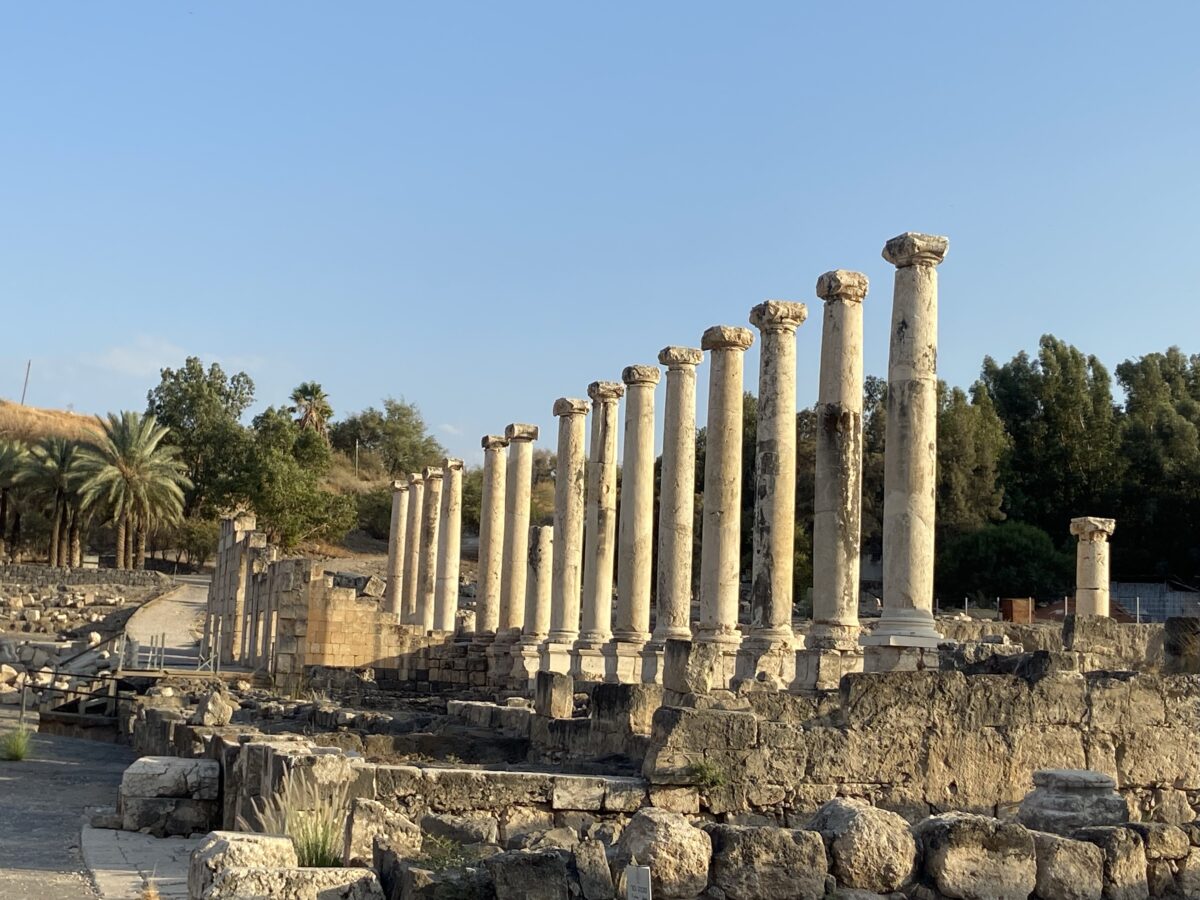This morning we left our first hotel and started heading north, following the coast of the Dead Sea.
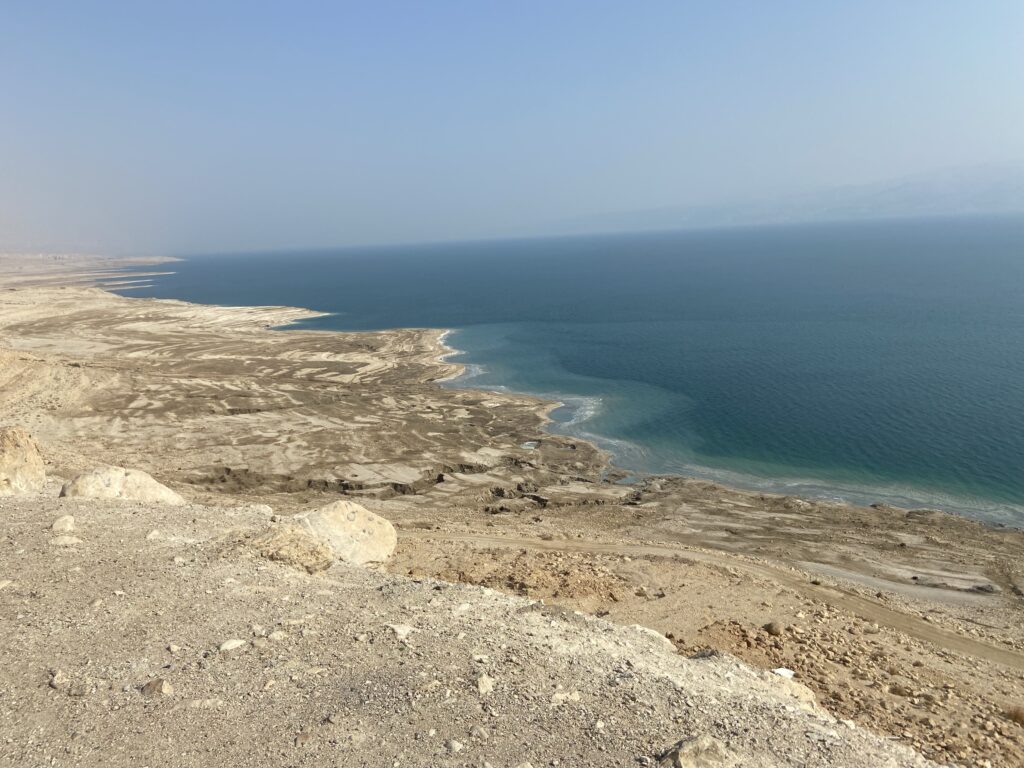
If you look closely at the right of the picture just above the sea, you can see the mountains of Moab. Andrew reminded us that it was from these mountains that Baalam did not curse the Israelites.
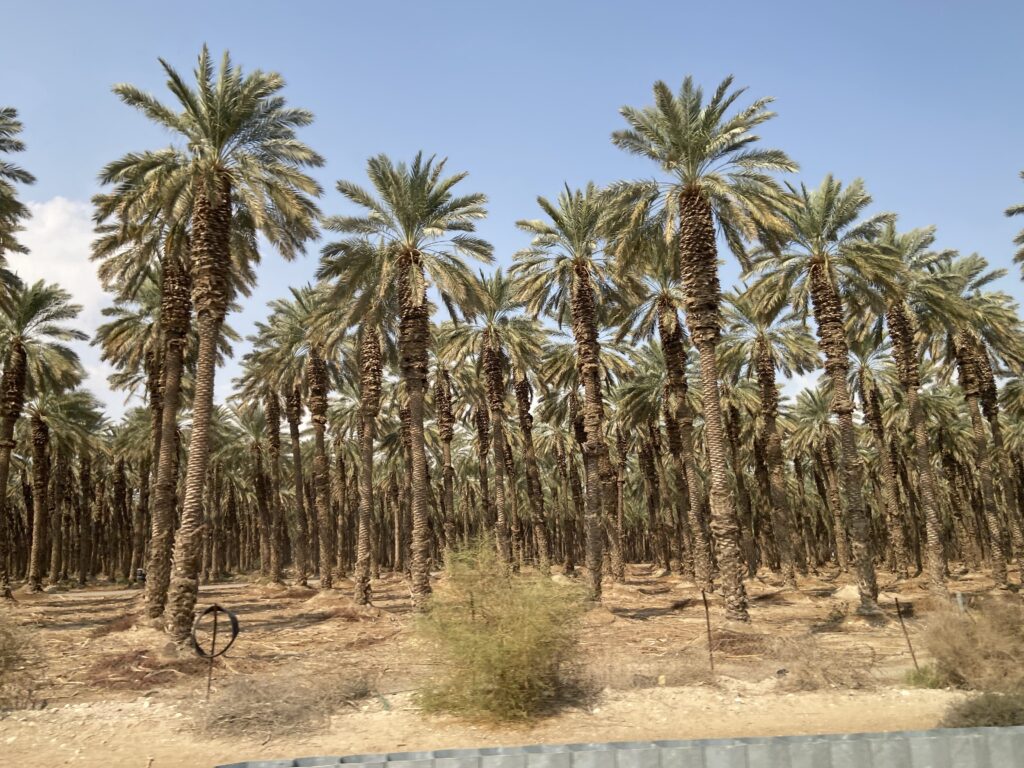
We have seen many fruit trees during our time on the road, including date palms, bananas, citrus, and olives.
Our first main stop today was at Qumran. A group Essenes men (and later some women as well) lived, worked, and studied together. They had many strict rules they kept. And they also copied books from the Old Testament.
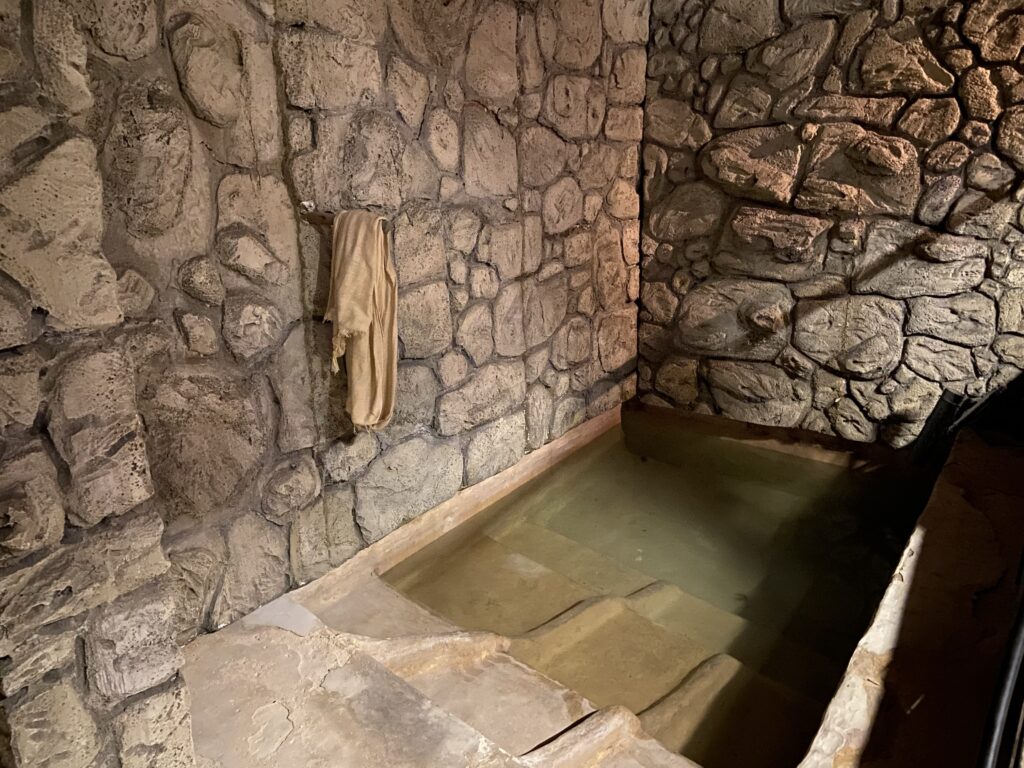
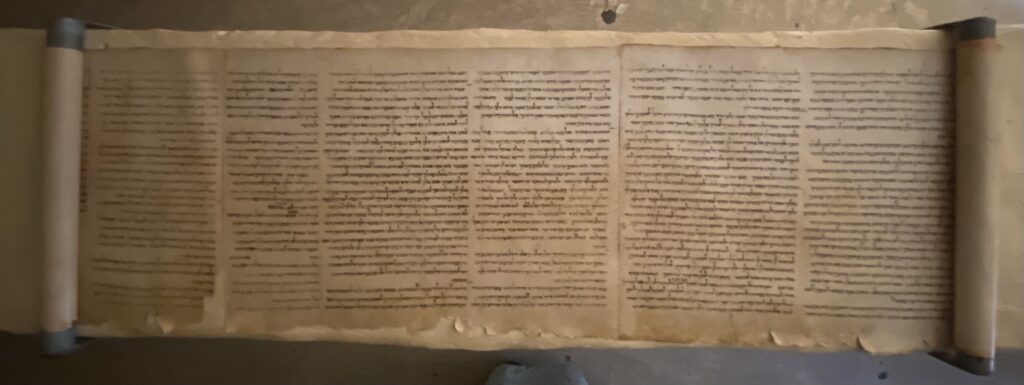
After we were finished inside, we headed out to see the actual ruins and caves.
One day, a young Islamic shepherd boy kicked a rock into a cave and heard something break. He was too scared to investigate by himself so he took his brother along to see what they could find. They discovered clay jars and eagerly opened them, hoping for great treasures such as gold. However, much to their disappointment, all they found were parchments, and they actually burnt part of one! Later, a search was made of the surrounding caves and more parchments were found. It is generally assumed that Essenes hid their parchments before the Roman’s conquered the area.
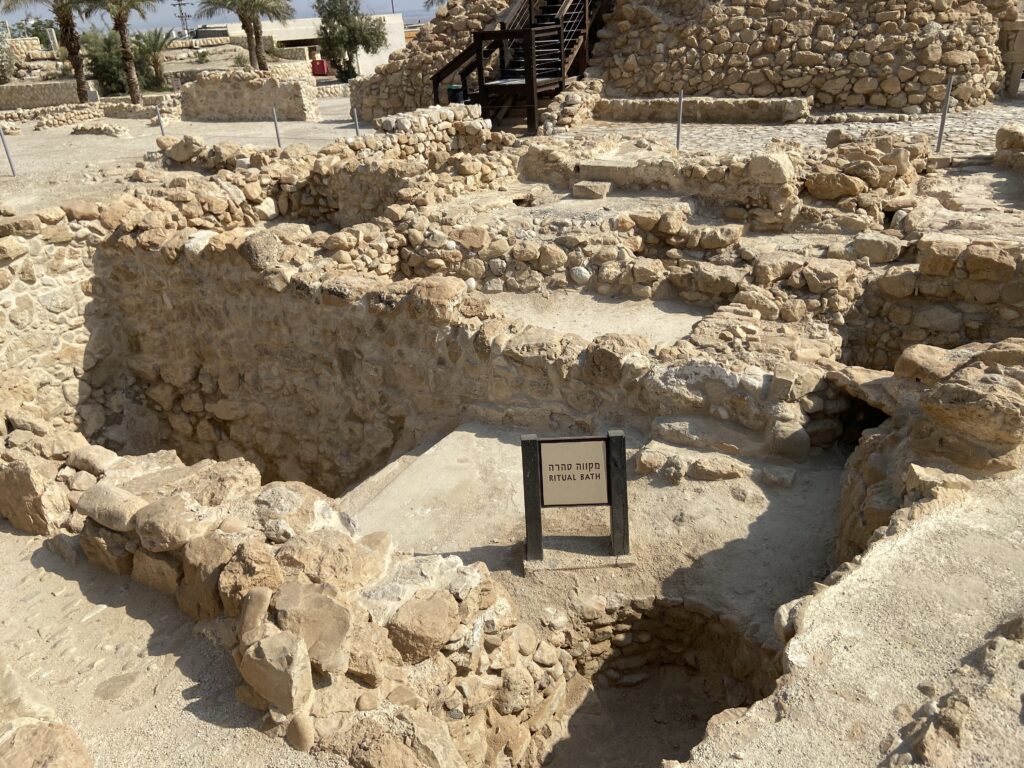
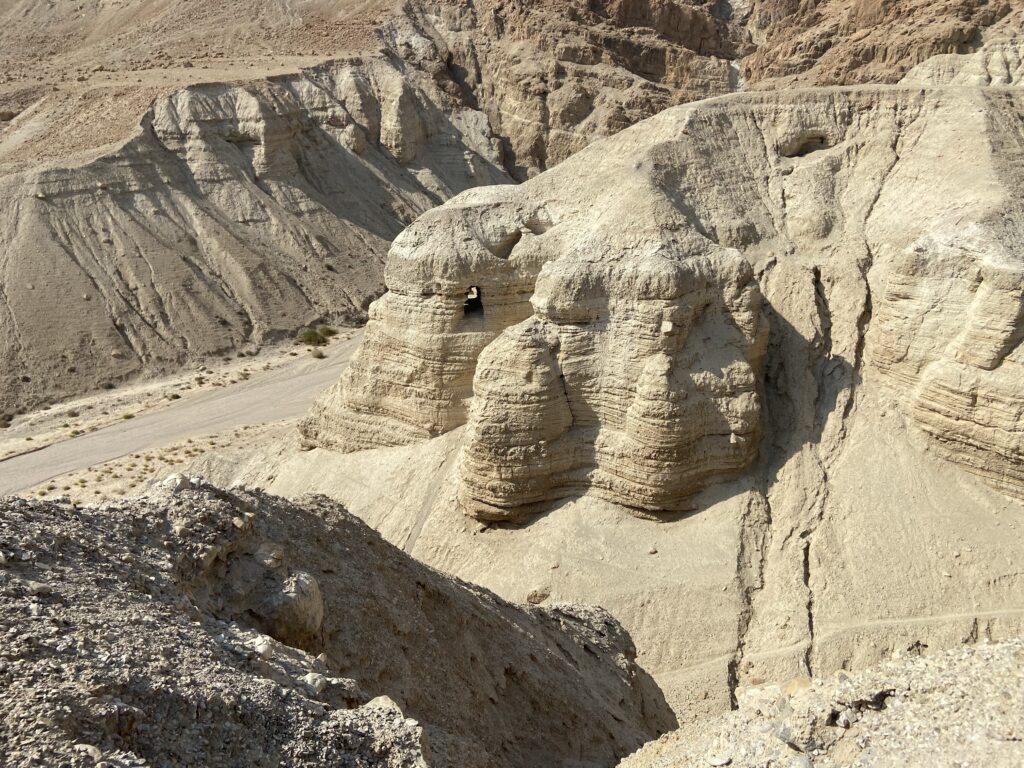
Our next stop was another overlook, and this one also brought more of the Bible to life.
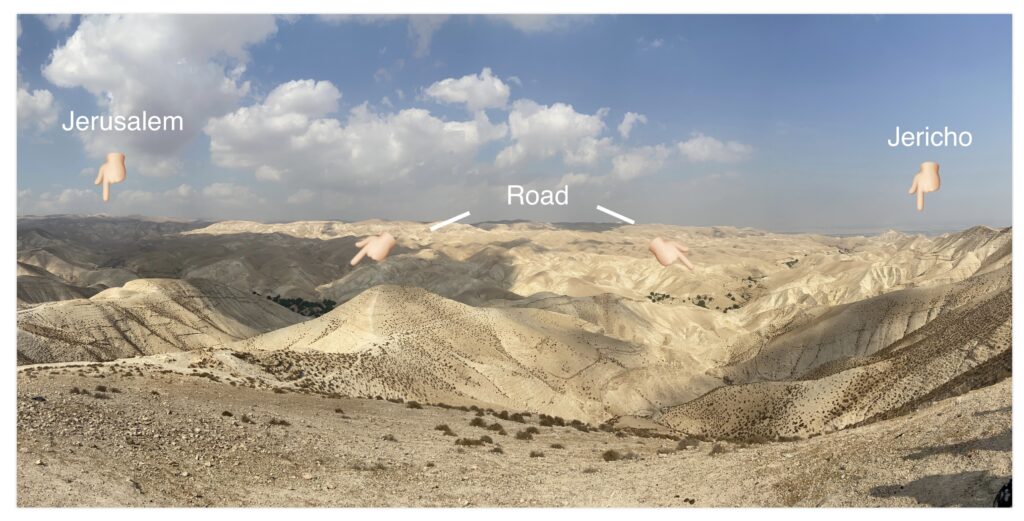
Looking ahead, Andrew pointed out Jericho to the right and Jerusalem to the left. A road in the Wadi goes from one city to the other. This is the road Jesus was referring to in the story of the Good Samaritan. Andrew told us that it is still a dangerous road to travel today.
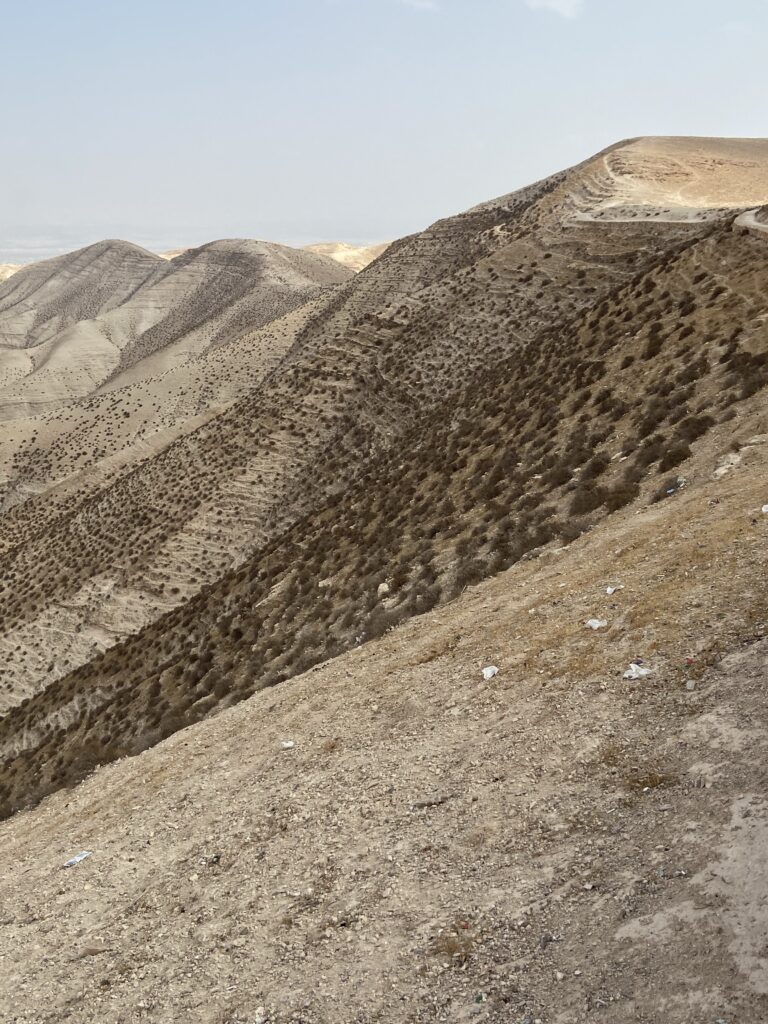
Looking at the sides of the mountain, Andrew pointed out what David’s mental picture was as he penned the phrase in Psalm 23. “He maketh me lie down in green pastures.” The shepherds knew just where to find the grass that has grown enough to give their sheep what they needed for the day. So our Shepherd does for us – gives us the grace and strength we need just for today, and He knows exactly where to lead us next! This grass grows not because of rain, but because moisture comes in the night breezes from the Mediterranean Sea.
Our last stop for the day was at Bet She’an and Scythopolis.
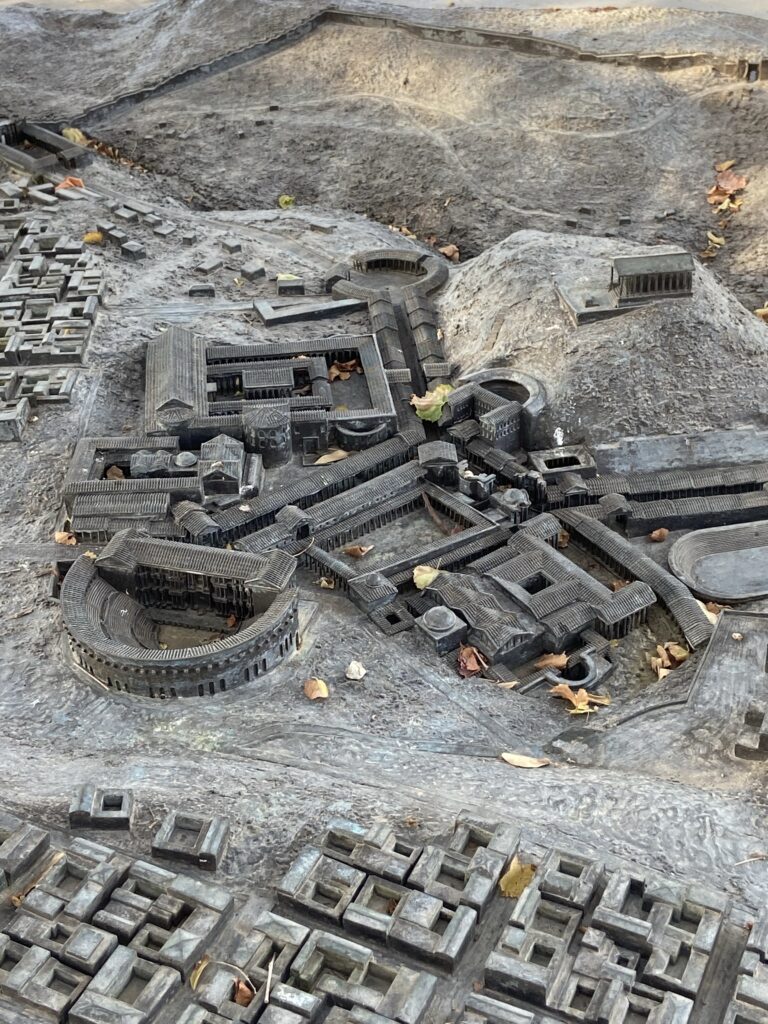
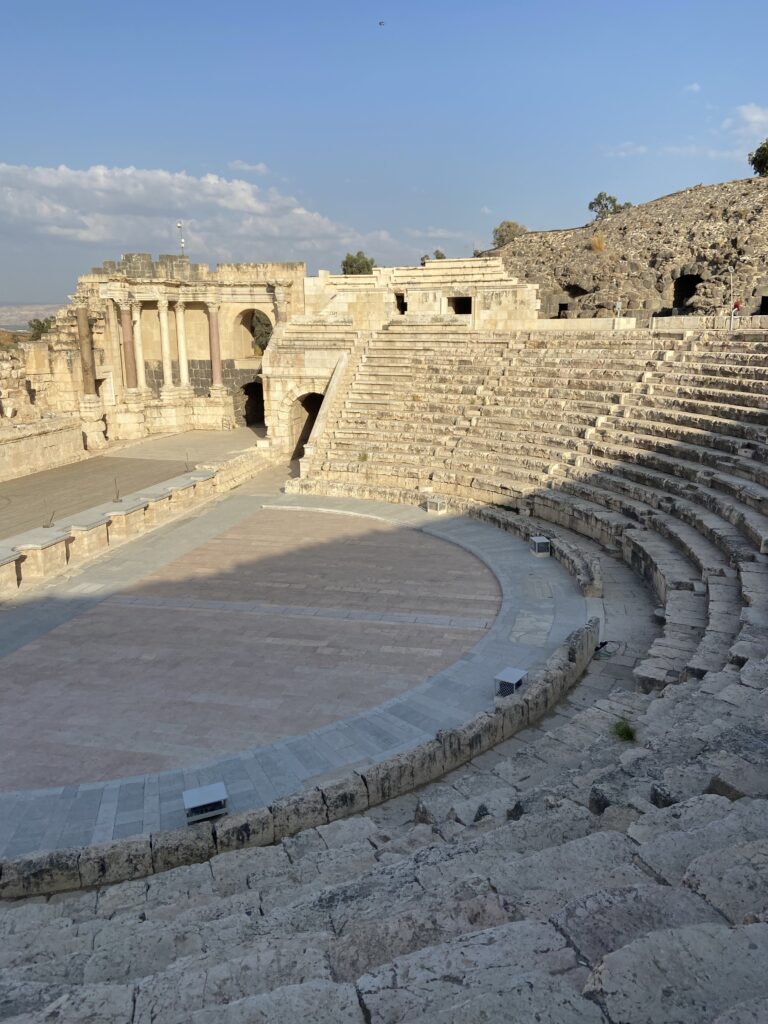
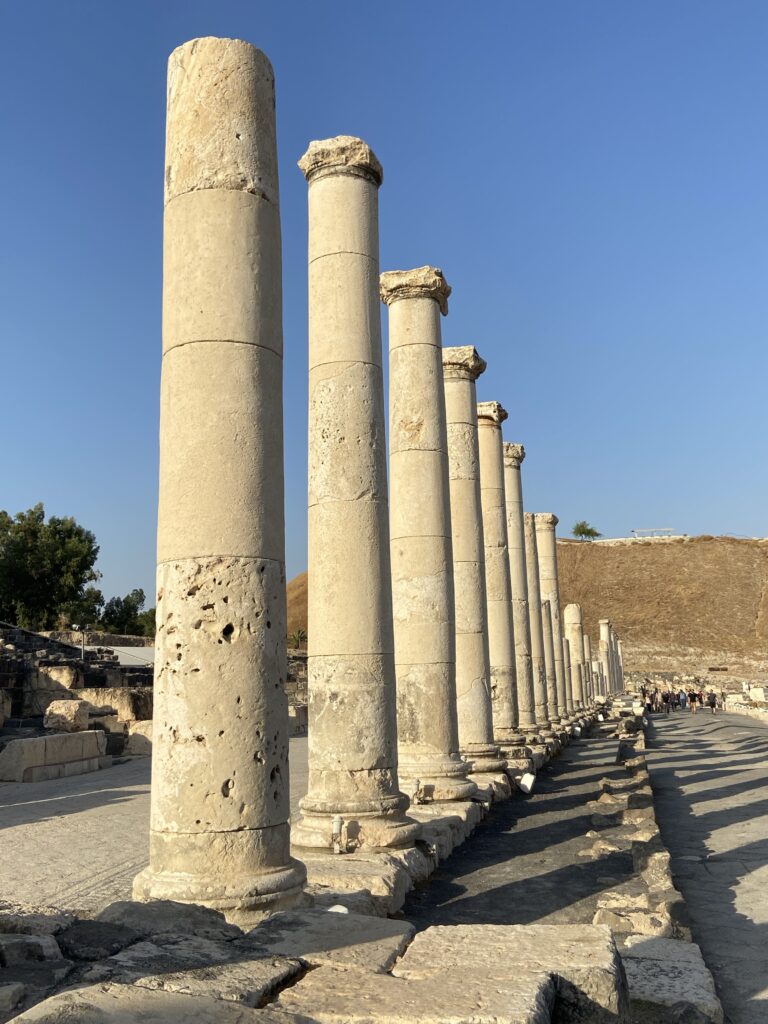
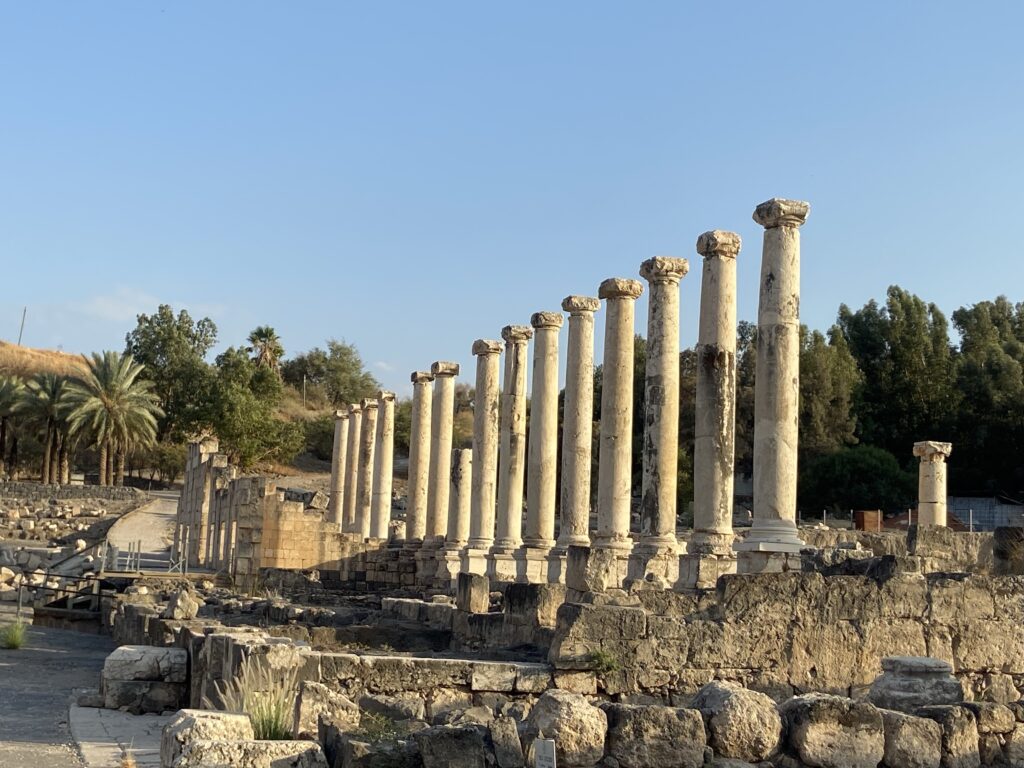
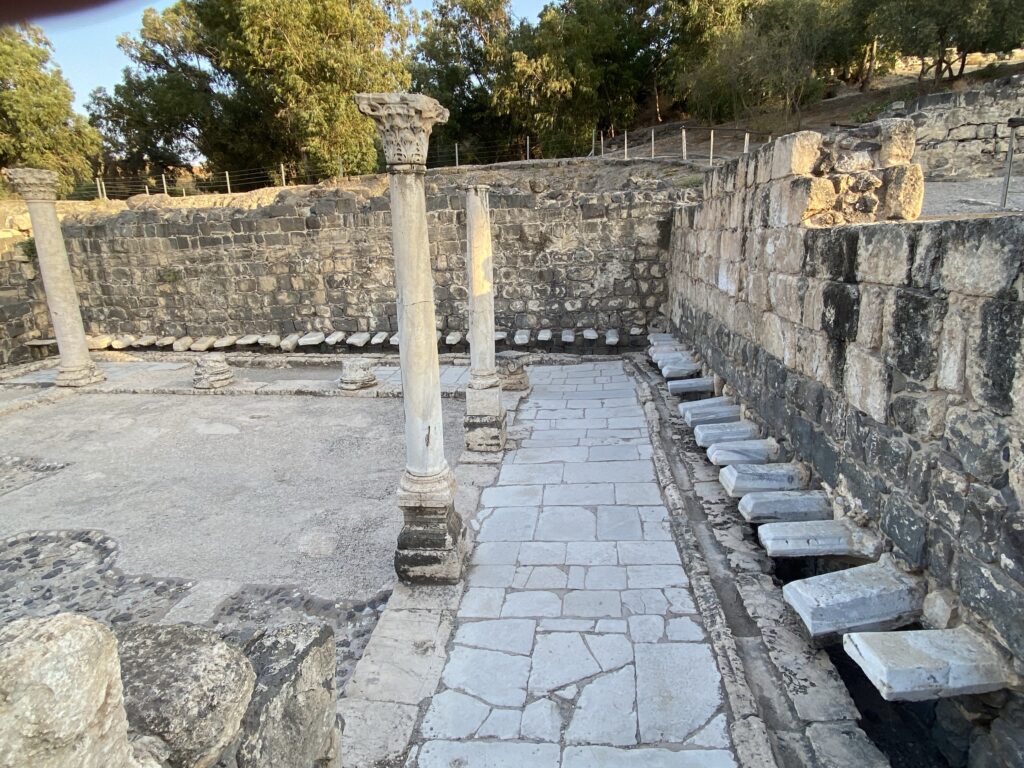
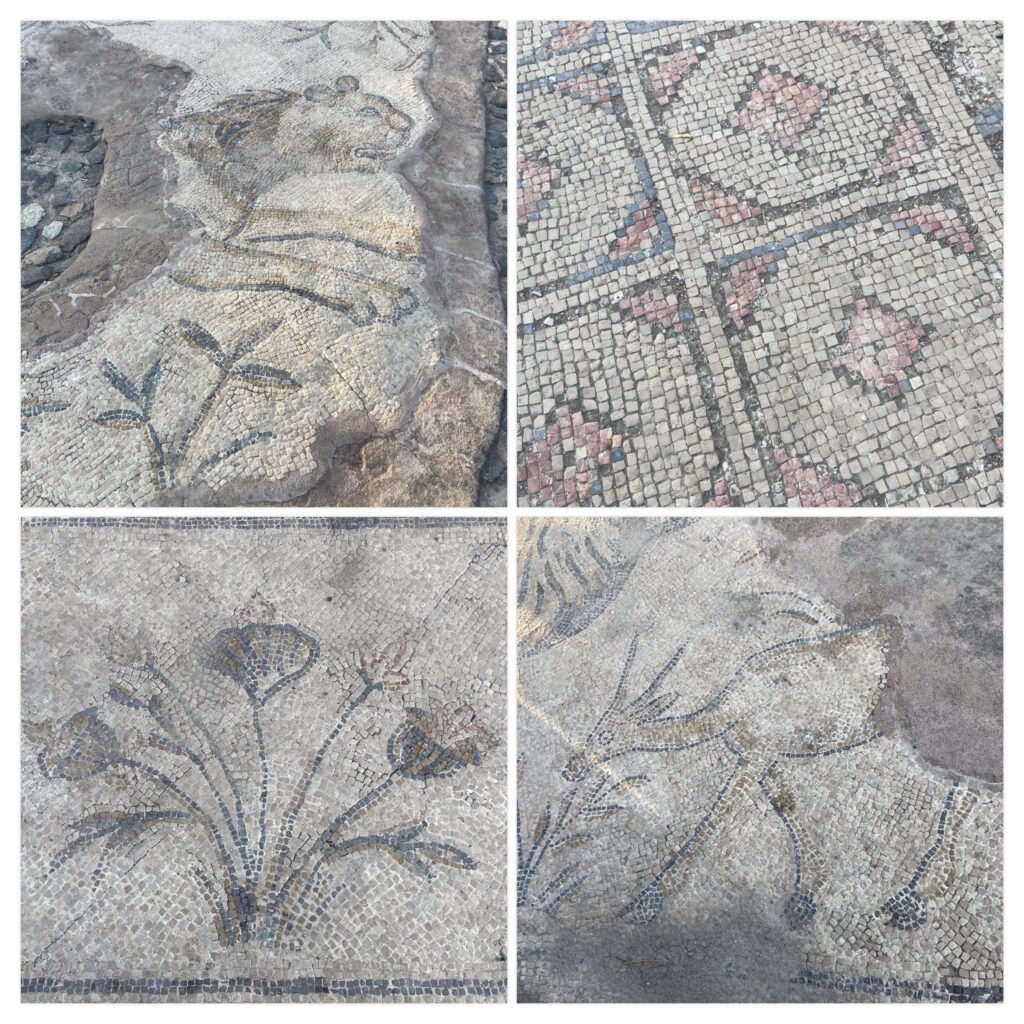
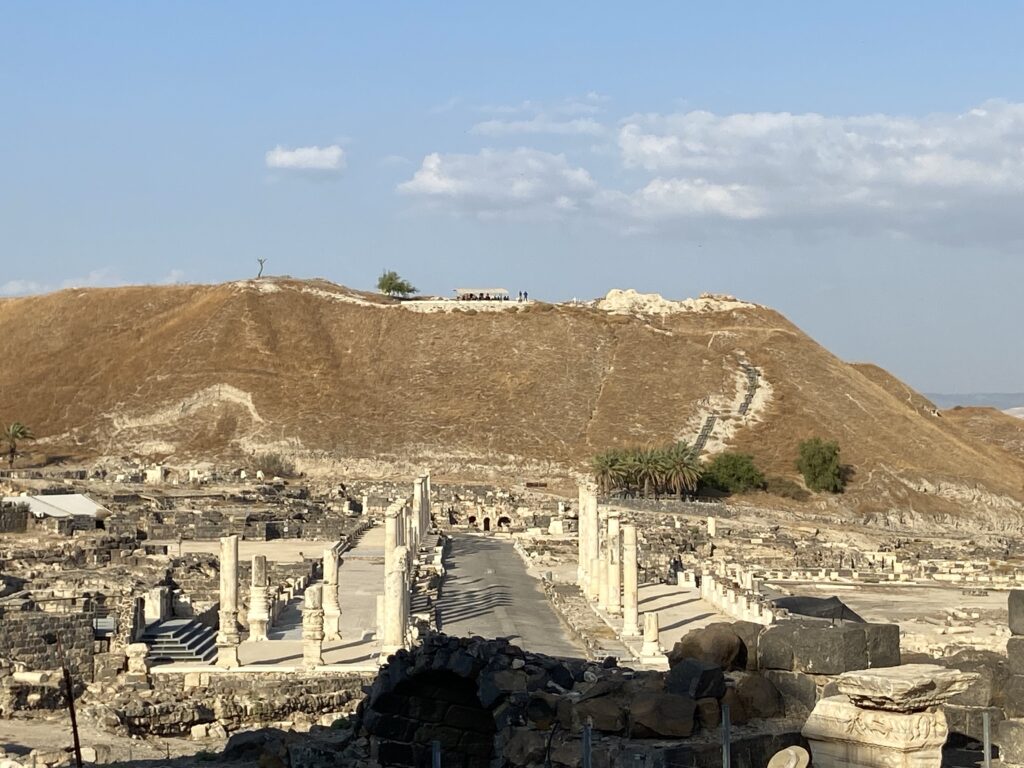
Above the city set Bet She’an, which the more energetic of our grouped climbed up to. That city was significant because that is where the bodies of Saul and his sons were hung after they died on Mt Gilboa.
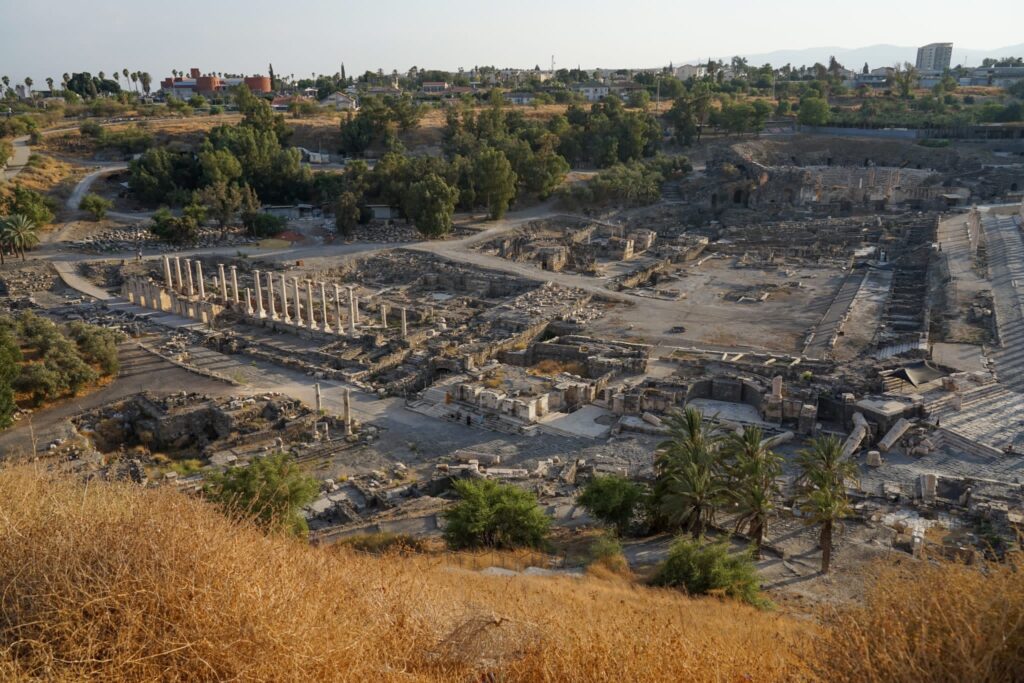
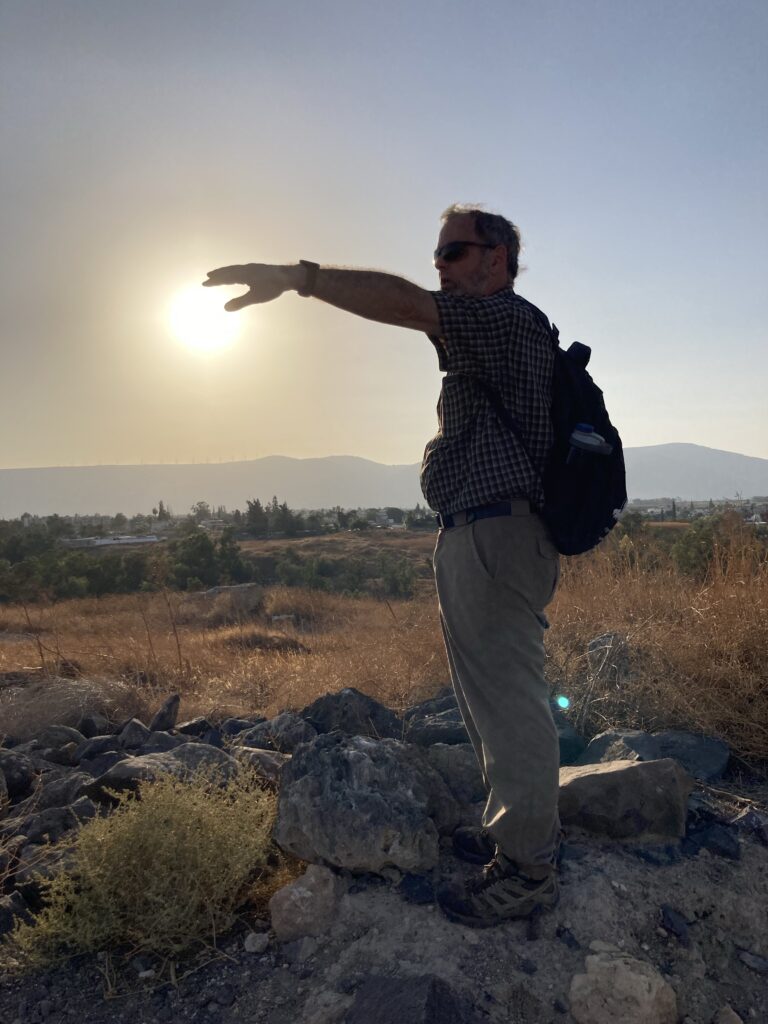
During our travels north today, we left the Negev and came to the Jordan River valley, a more fertile part of the Land. We traveled up to Tiberius to our hotel that is on the banks of the Sea of Galilee.
